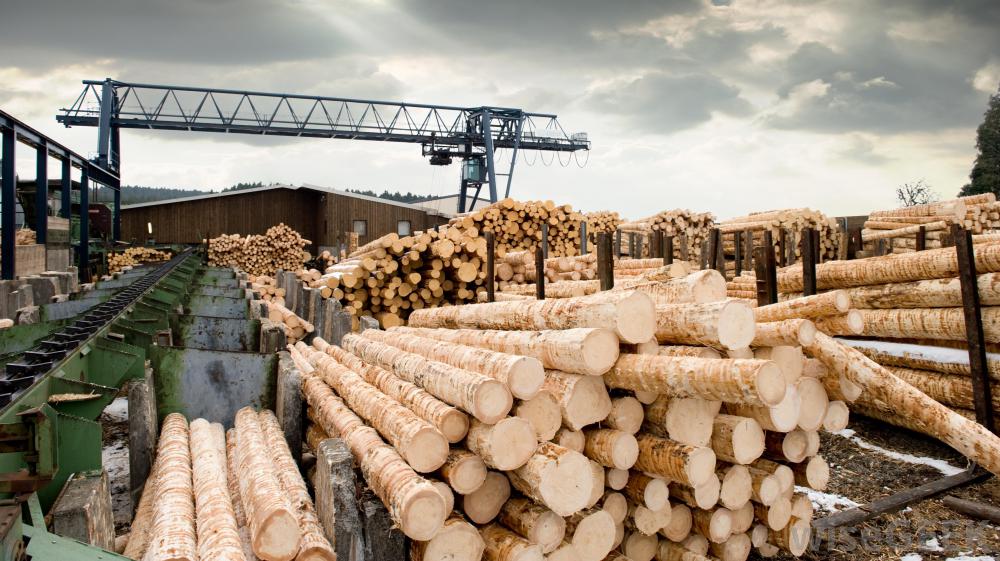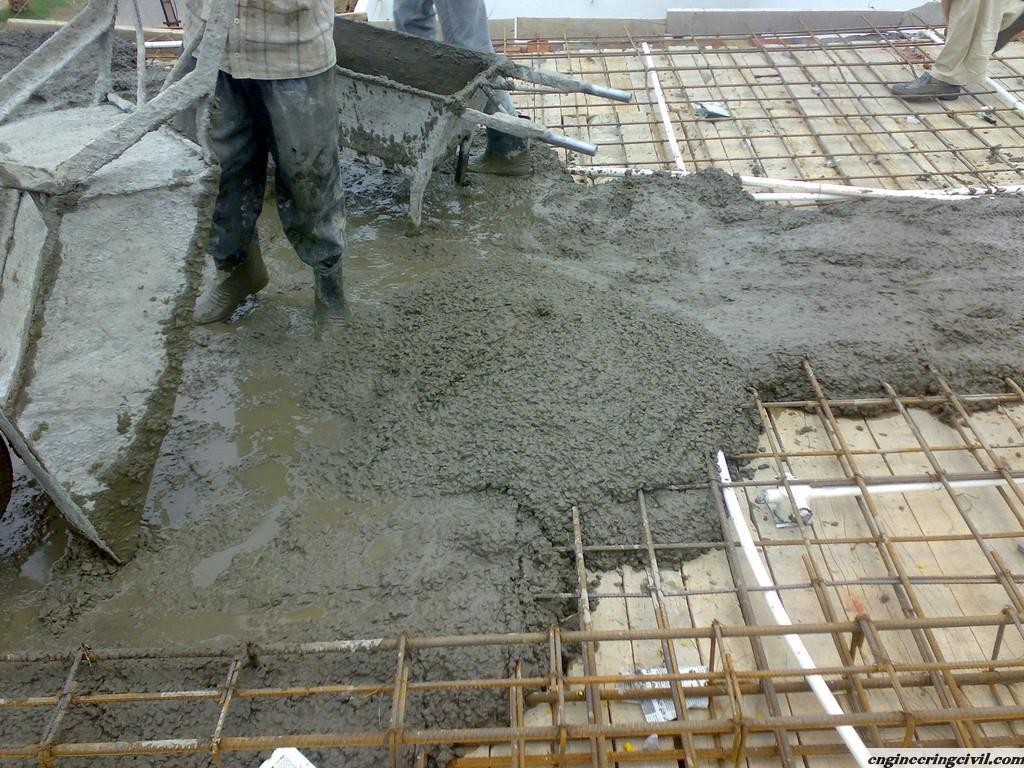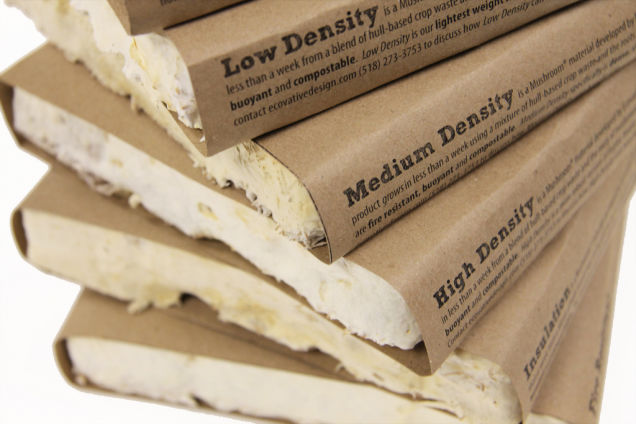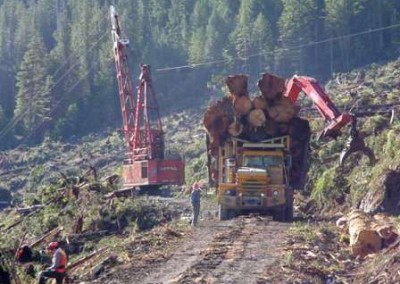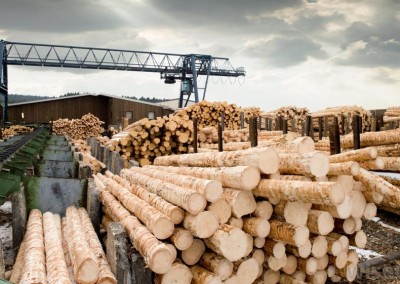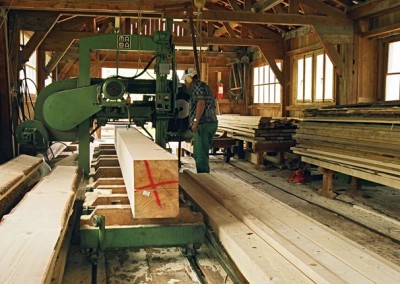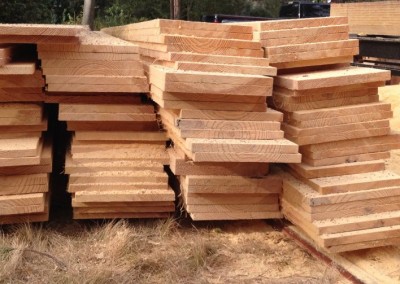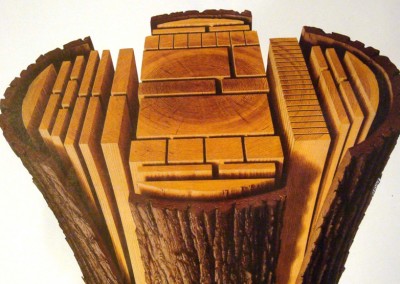Wood
The higher the number the more sustainable and “green” the material
- Is there enough material so that we can continue to use it at the present rate… Is the present use sustainable? 12%
- Is the present use having little or no impact on the environment including destruction of habitat and CO2 release 14%
- Ability for the Material to be Harmlessly Returned to Nature 98%
Wood
Wood is a porous and fibrous structural tissue found in the stems and roots of trees and other woody plants.
It has been used for thousands of years for both fuel and as a construction material. It is an organic material, a natural composite of cellulose fibers (which are strong in tension) embedded in a matrix of lignin which resists compression. Wood is sometimes defined as only the secondary xylem in the stems of trees, or it is defined more broadly to include the same type of tissue elsewhere such as in the roots of trees or shrubs. In a living tree it performs a support function, enabling woody plants to grow large or to stand up by themselves. It also conveys water and nutrients between the leaves, other growing tissues, and the roots. Wood may also refer to other plant materials with comparable properties, and to material engineered from wood, or wood chips or fiber.
The Earth contains about one trillion tonnes of wood, which grows at a rate of 10 billion tonnes per year. As an abundant, carbon-neutral renewable resource, woody materials have been of intense interest as a source of renewable energy. In 1991, approximately 3.5 cubic kilometers of wood were harvested. Dominant uses were for furniture and building construction.
Helpful Websites
Model for Sustainability in Tall Wood / Mass Timber Construction Video
Click Image Below See More Building Materials and Their Sustainability
